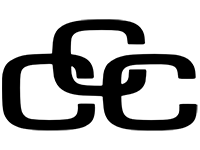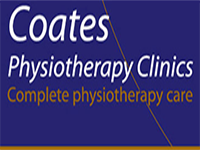- Details
- Category: Spinal Conditions
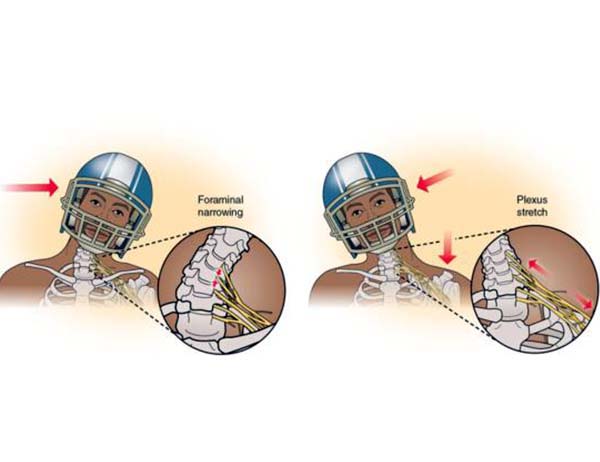
Stingers
Stingers occur in sports individuals commonly. It refers to stretching of the upper aspect of the brachial plexus which is a group of nerves between the neck and the shoulder. These tend to be self-limiting and settle very quickly. Commonly the complaint is some burning pain down the arm with some weakness. It may become recurrent and then an assessment is required. After a physical examination and neurological assessment, an MRI or CT scan may be required to look more closely at the neural foramina (holes where nerves come out from the side of the spine) to look for any obvious cause for recurrent symptoms.Occasionally injection therapies are required to help manage the symptoms and surgery is occasionally used if the symptoms are recurrent and fail conservative management.
- Details
- Category: Spinal Conditions
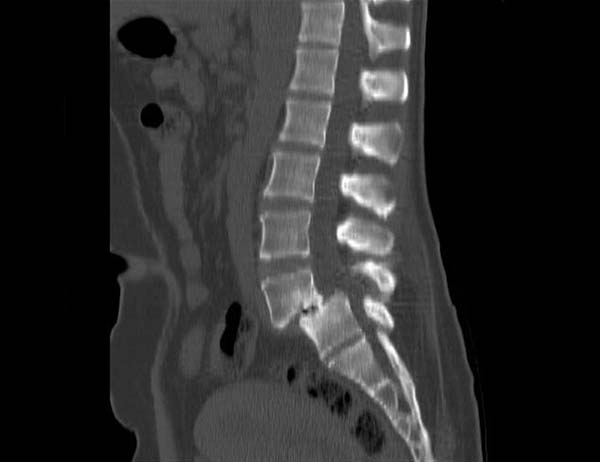
Spondylolisthesis
Spondylolisthesis is a term used for when the alignment of one vertebra upon another is abnormal. This is looking at the spine from the side (lateral view). The vertebra can slide backwards (retrolisthesis) or more commonly the vertebra slides forwards on the one below causing a misalignment. There are several causes for this including degeneration, stress fractures, trauma, infection, tumours and iatrogenic after previous spinal surgery.Spondylolisthesis can result in neck or back pain depending on its location and can involve the spinal cord or nerves depending on its location. If it occurs in the lumbar spine then patients tend to present with spinal stenosis with aching into their buttocks and legs.
After history and examination, including a neurological assessment, standing x-rays may be requested to look at the overall alignment. An MRI scan or CT scan may also be used to look more closely at the cause and resultant nerve compression.
Treatment for some patients may just involve physical therapy combined with activity modification. If there is nerve pain, then steroid injection may be considered (epidural injection or nerve root block). If symptoms progress and are not responsive to conservative treatment, then decompression surgery and/or fusion may be appropriate and this would be discussed at your clinic appointment.
Pease see more information on Spondylolisthesis, diagnosis, treatment and post treatment
Possible Treatment Anterior Lumbar Interbody Fusion (ALIF)
- Details
- Category: Spinal Conditions
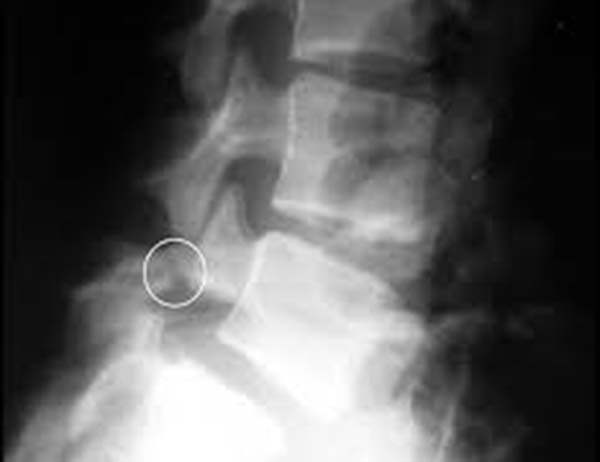
Spondylolysis
Spondylolysis is a stress fracture that occurs in the posterior aspect of the spine. It can occur in around 5% of individuals but is more common in sports people. It can result in localised back pain with occasional referral into the legs if there is some nerve irritation. Sometimes bilateral stress fractures can occur which can lead onto a spondylolisthesis.After history and physical examination, a neurological assessment may be required with subsequent standing x-rays and either an MRI and/or a CT scan suggested to look more closely at the fracture. These tests may confirm if the fracture is new or old.
Initial treatment would be a period of rest and rehabilitation. Occasionally a brace is used to prevent extension, and this would be worn for anywhere between six to twelve weeks. After removal of the brace then physical therapy is required. Occasionally injections into the stress fracture can be used to help in rehabilitation.
Surgical intervention is very rarely required as 95% of individuals improve with conservative management.
Pease see more information on Spondylolysis, diagnosis, treatment and post treatment




